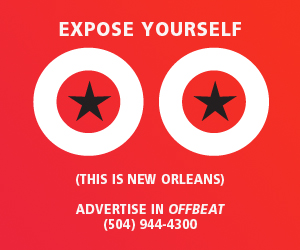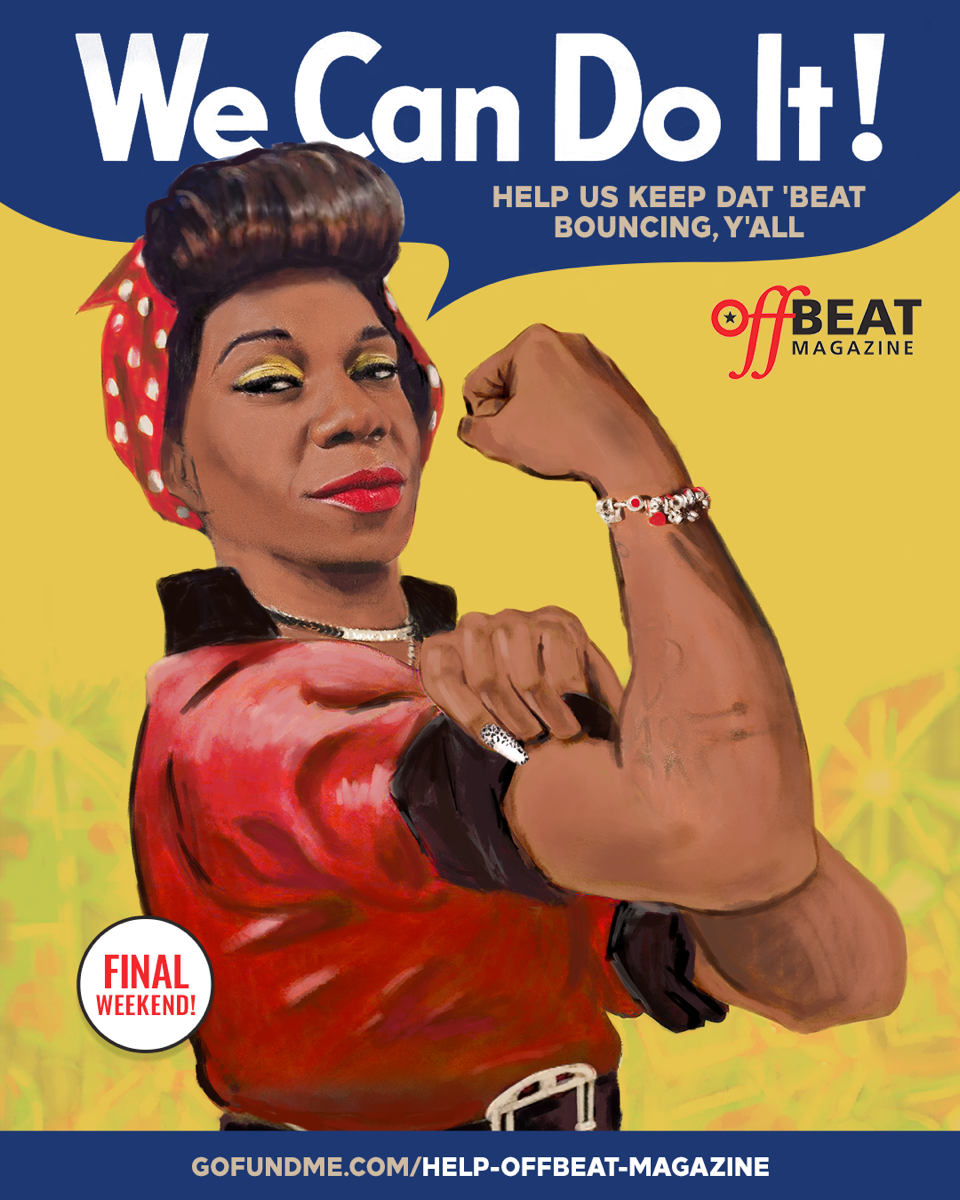Appearing In New Orleans:
Nightly during Carnival, live from the parade routes on WDSU-TV and WWL radio.
There is no “official spokesperson” for Mardi Gras, the planet’s largest party, but Arthur Hardy, publisher of Arthur Hardy’s Mardi Gras Guide, is unequaled as Carnival’s reigning authority. Now in its 29th edition, the Guide, with its precise parade routes and concise krewe detail...




